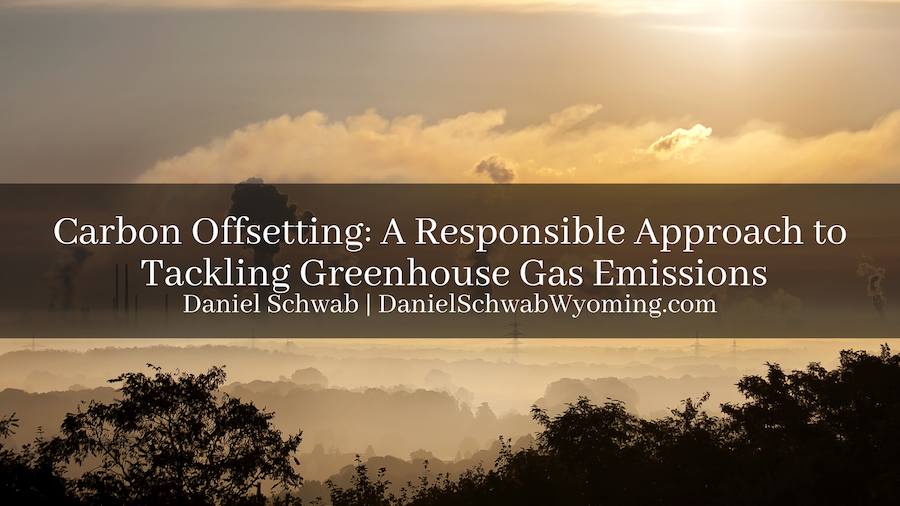Carbon offsetting is a way to reduce the impact of greenhouse gas emissions by investing in projects that either remove carbon dioxide from the atmosphere or prevent it from being emitted in the first place. While carbon offsetting has been criticized by some as a way for individuals and companies to avoid taking real action to reduce their carbon footprint, it can be a valuable tool for addressing climate change when used responsibly.
The basic concept of carbon offsetting is fairly straightforward. When an individual or company emits carbon dioxide or other greenhouse gases, they can purchase carbon offsets to balance out those emissions. The money paid for the offsets goes towards projects that reduce greenhouse gas emissions or remove carbon dioxide from the atmosphere.
One common type of carbon offset project is reforestation, where trees are planted to absorb carbon dioxide from the air. Another type of project is the development of renewable energy sources, such as wind or solar power, which displaces the use of fossil fuels and reduces emissions. There are also projects that focus on capturing and storing carbon dioxide from industrial processes or from the air itself.
It’s important to note that carbon offsets should not be seen as a “get out of jail free” card for emissions. Rather, they should be used in conjunction with efforts to reduce emissions as much as possible. For example, an individual might choose to purchase carbon offsets to balance out the emissions from a flight they have to take for work, but they should also look for ways to reduce their overall travel emissions, such as by using video conferencing instead of traveling for meetings whenever possible.
There are several certification programs that provide standards for carbon offset projects, such as the Gold Standard or the Verified Carbon Standard. These programs ensure that the projects are real, measurable, and additional – meaning that the emissions reductions or carbon removals would not have happened without the investment from the carbon offsets. Some certification programs also have requirements for social and environmental co-benefits, such as supporting local communities or protecting biodiversity.
Critics of carbon offsetting argue that it can be difficult to ensure that the projects actually deliver the promised emissions reductions, or that they might displace emissions rather than actually reducing them. There is also concern that some offset projects could lead to negative social or environmental impacts if not carefully managed. For this reason, it’s important to choose high-quality offset projects and to support transparent and rigorous certification standards.
Carbon offsetting can be a valuable tool for addressing climate change when used responsibly. By supporting projects that reduce emissions or remove carbon dioxide from the atmosphere, individuals and companies can take concrete action to help mitigate the effects of climate change. However, it’s important to remember that carbon offsets should not be the sole solution to reducing emissions – they should be used in combination with efforts to reduce emissions as much as possible.


